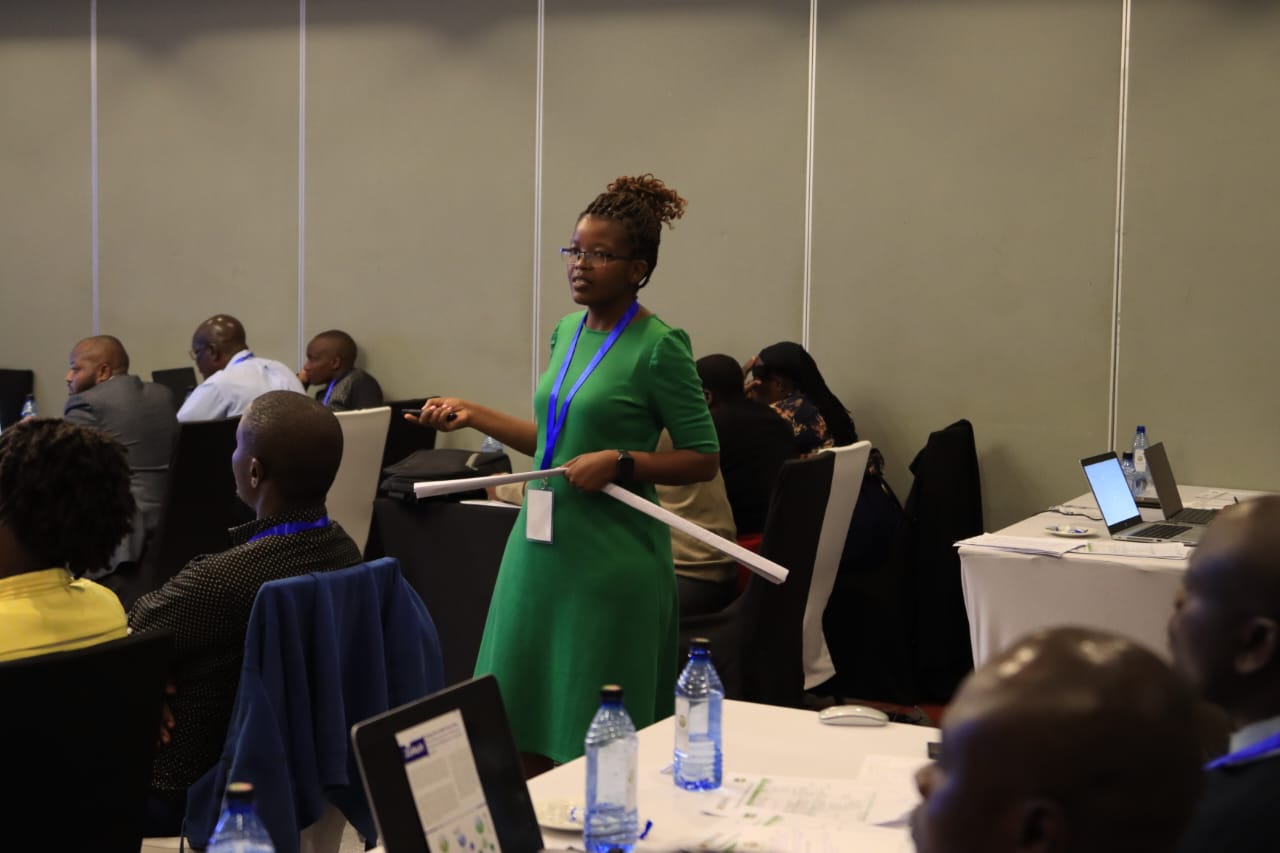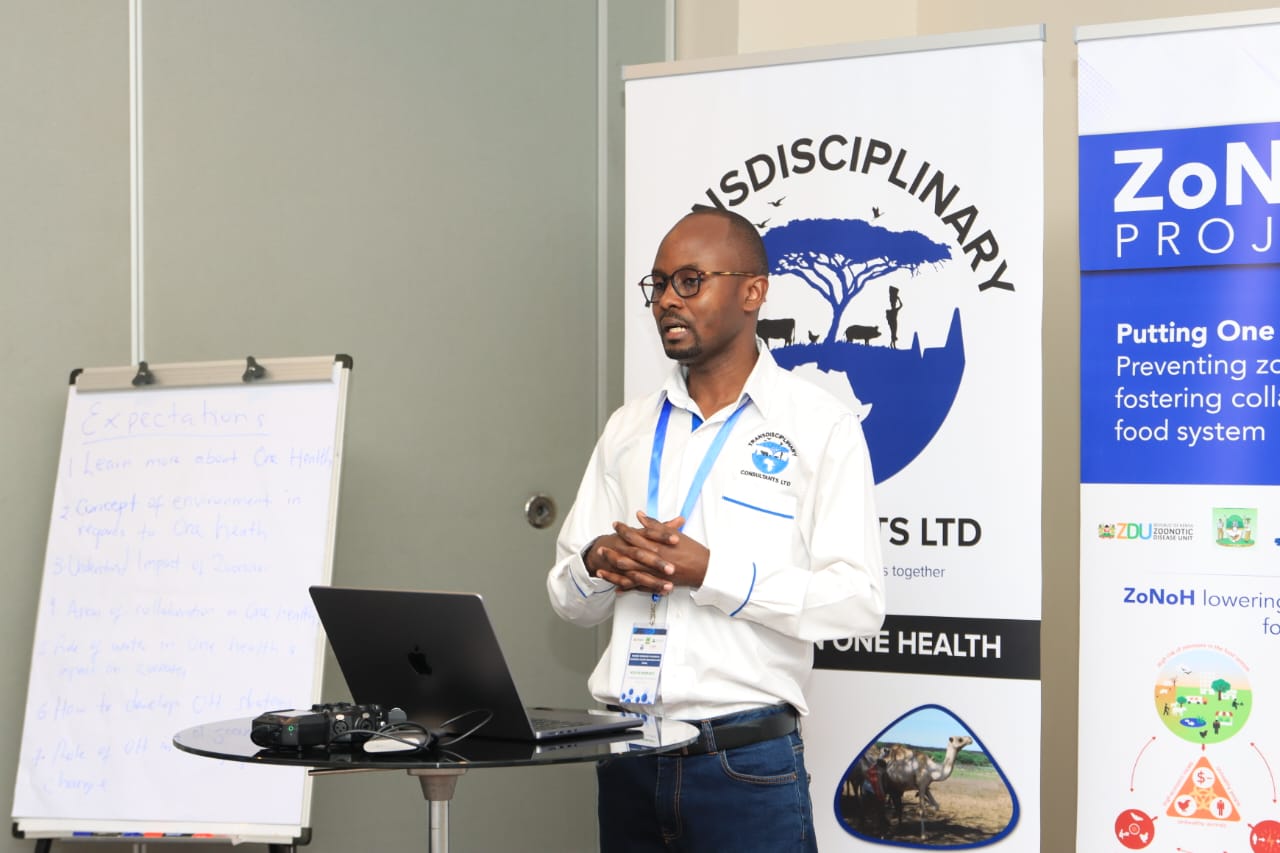By Peter Ochieng
The health department in Kakamega has got a timely boost, as various players join hands in the fight against zoonotic diseases and other health challenges in the Western region county.
ZoNoH project is collaborating with Wageningen University and Research, Transdisciplinary Consultants, and other partners in both the private and public sphere to tackle zoonotic diseases and other One Health issues in Kakamega county.
Zoonotic diseases refer to infections spread between human beings and animals, resulting in illness and death, eventually negatively impacting livelihoods.
Addressing stakeholders during a workshop seeking to establish a County One Health Unit (COHU) in Kakamega county, Dr Kelvin Momanyi, ZoNoH Project coordinator (Kenya) said they are working towards lowering the risk of zoonoses in the food system by strengthening the capacity of county governments, to better manage zoonotic disease, capacity building for One Health and food systems operationalization.
“The COVID-19 crisis has shown us the importance of not just responding to pandemics but actively preventing them. This workshop is a crucial step towards integrating One Health strategies into local governance and public health initiatives,” said Dr Momanyi.
ZoNoH, the coordinator said, is developing a replicable service for County One Health Units (COHUs) in Kenya, aimed at co-creating contextualized zoonoses management strategies.
“The service fosters effective collaboration across human, animal and environmental health sectors. It utilizes global, national, and local data to assess the impact of zoonoses on health, society, and the economy, empowering decision-makers to make informed and concerted decisions.”
Dr. Khadija Chepkorir, Epidemiologist, Zoonotic Disease Unit at the Kenya One Health office) on her part noted that effective collaboration and coordination across human, animal and environmental health sectors is the most powerful approach against the threat of zoonotic diseases and other public health issues.
“Establishing the Kakamega COHU is a critical move toward synchronizing our efforts and enhancing our response capabilities within the community,” she added.

John Mwangi from the State Department for Environment, Climate Change, and Forestry said, “Reducing the risks of zoonotic diseases will require local, national, and global efforts that anticipate how climate change could impact future transmission of zoonoses.”
Over 60% of all human infections and over 75% of emerging and re-emerging infectious diseases are zoonotic. This means that they can be transmitted from animals to humans and vice versa.
Kenya is at high risk of zoonotic diseases as evidenced by constant presence and recurrent outbreaks of anthrax, Rift Valley fever (RVF), rabies, brucellosis, non-typhoidal salmonellosis and bovine tuberculosis, among other zoonoses.
William Olaka, Director Public Health, Kakamega county welcomed the collaboration.
Olaka expressed their commitment to strengthening zoonotic disease management through the One Health approach, as they confront the recent anthrax outbreaks in Kakamega, which normally occur between March and July every year.
The Kenya One Health Strategic Plan for Prevention and Control of Zoonotic Disease (2021-2025), indicates that there is growing evidence, that zoonotic diseases cause significant socio-economic impacts in Kenya.
The 2006/2007 study on the socio-economic impact of the RVF outbreak showed that costs to control RVF in Kenya reached nearly Sh3 billion, and the public health burden of of RVF was 3.4 disability adjusted live years (DALYs) per 1000 people, with per capita household costs of Sh11,800 for every reported human case.





